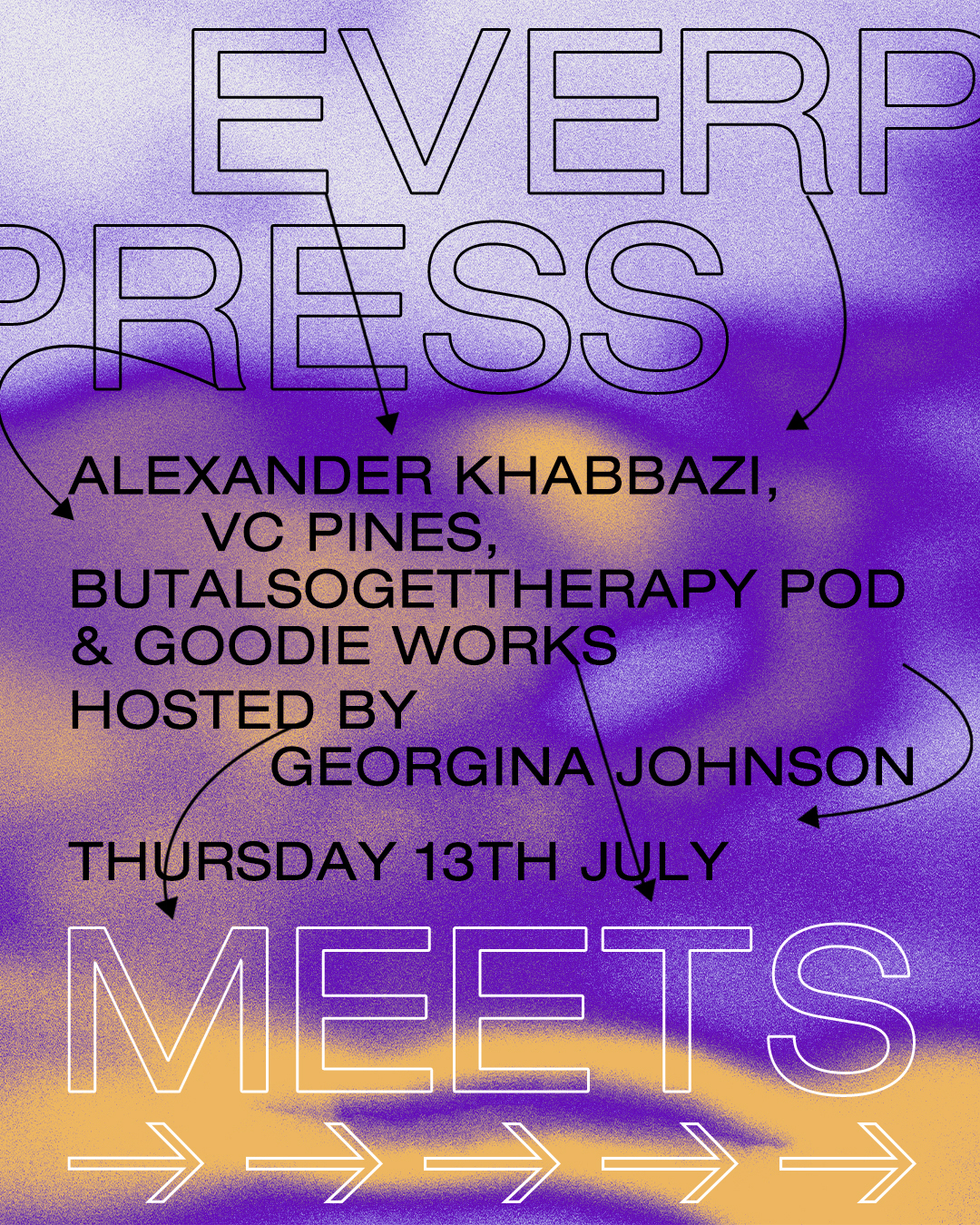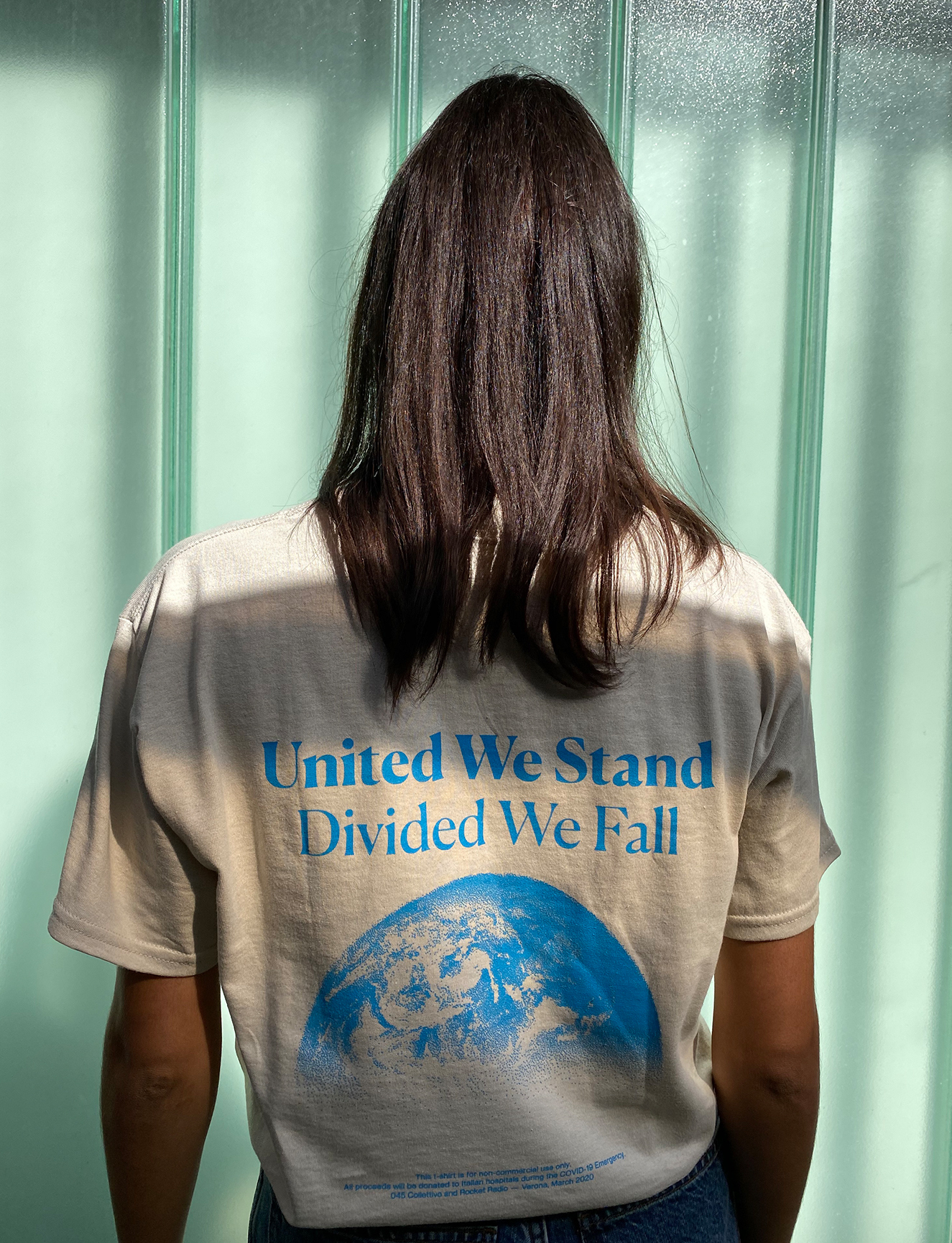As exciting as the thought of any new project may be, the act of beginning, of turning a concept into reality, can be incredibly daunting. Why? It can be down to self-doubt or a crippling fear of the unknown. Or perhaps, a classic loss of momentum (common at this time of year). Or maybe it’s just the weight of expectations. Many working within the creative industries will know the inertia that comes with starting something. But, while some creatives have found these early-stage roadblocks insurmountable, equally, many have found ways to push past them. To demystify beginning, we spoke to author and critic Amber Husain; musician and label co-founder Bok Bok; illustrator and pattern designer Enikő Katalin Eged; and Brooklyn-based illustrator Liv Garber.
Every piece of work, be it personal or professional, tends to be bound by a certain degree of expectation. And as useful as expectations are for anything in life, they can also become rather stifling. Set them too high, and you’ve entered an environment that demands perfection and condemns mistakes.
“I used to have a habit of over-monitoring my work to the point where I’d decide an image wasn’t worthwhile before I even started drawing anything,” says Liv Garber. “Creative paralysis comes from listening to those judgemental thoughts, so I’ve learned to start creating without any expectation. Like anything else, it gets easier with practice and experience.”
Enikő Katalin Eged experiences a similar feeling. “I’m usually excited to start a new commission, but sometimes I get self doubt and imposter syndrome. I’m more calm when I’m just drawing for myself, as then I have no expectations, just the joy of creating.”
It’s all a matter of framing
The art of diminishing expectations isn’t so much about doing away with them entirely (try justifying that to a client), but more about silencing the voice in your head that says you’re incompetent, and accepting that mistakes and rough drafts are necessary for the evolution of any project.
Sometimes, this also means learning to let go. Bok Bok – DJ, producer and co-founder of seminal UK label Night Slugs – can speak to the power of the unfinished song. “So many beats have been abandoned,” he says. “This happens to about 60% of the beats I start, but it’s all part of the process and I welcome it. I’m at peace with the knowledge that abandoned projects are how I get to the ones that are finished. With every production I can feel myself growing and improving as an artist, and this is motivating in itself.”
On unfinished projects, Garber believes that it’s all a matter of framing. “If a work goes unfinished or if I pivot to another direction, I’ll incorporate what didn’t fit into something else. There are rarely any true failures – it’s just about finding what fits within a larger idea.” Their note of advice would be to save and organise these drafts for future use – a radical rethinking of what constitutes ‘success’ for any creative work.
Throughout the creative process, maintaining the same level of excitement from a project’s inception to its execution can prove challenging. So, making time for research, establishing a routine and setting yourself small goals along the way can help keep up the momentum. It also helps to carve out variety in the process. Eged and Garber share a similar approach of gathering inspirational material when beginning a new project, and carrying out a few rough sketches before moving on to the main artwork. “I like to break things down into steps: research, sketching, line work and colour. Having these goal posts makes it so much easier to take on new projects and preserve the magic of what it feels like to create something from scratch,” says Garber.
It can be easy to get tunnel vision
It can be easy to get tunnel vision and think of nothing else besides the piece you’re beginning. You may even feel a sense of guilt when carrying out tasks unrelated to the project in question. Amber Husain, who published her debut Replace Me in 2021, advocates finding inspiration in things outwith what she’s working on. “If I don’t have the right ideas to move forward with an essay, I try to delegate the search to a power beyond myself. Sometimes I think you have to wait for the answers to reveal themselves in the world while you’re doing other things… As long as they reveal themselves within the deadline.”
For Bok Bok, a simple, everyday act like riding his bike “always helps with bringing things into sharper focus, from concepts through to melodies.” So, whether it’s going for a walk, having a contemplative shower or doing the dishes, stepping away from whatever you’re working on for a moment can be beneficial to its progress in the long run.
Adjacent to this idea of delegation is one of opening the project up to other people. Showing anyone your work in its nascent stages might sound horrifying. Why would you present something unfinished that you’re not happy with? Truth is, a second opinion can offer some needed direction. For Husain, the involvement of an editor, or readers she can imagine a future dialogue with, is what gives her the confidence to keep going. “If you treat writing as a kind of social interaction, it starts to feel churlish to retreat into a corner,” she says. “I also think it’s good to practice being given a good hammering by a reader (ideally one who doesn’t identify as ‘a writer’) who will call out all your most cringe, uncommunicative or otherwise aesthetically offensive choices.”
While there’s no formula to permanently banish the debilitating fear or self-doubt felt during the early stages of most projects, there are measures that can be taken to help you persevere, involving a nebulous mix of optimism, discipline and consultation. The most crucial advice, and admittedly the most obvious, is to keep creating, in spite of making something you think is worthless or inadequate. Embedded in every ‘worthless’ sentence, sketch or beat are the building blocks for an exceptional, fully realised piece of work.
Read More: Working 9 to 5…






